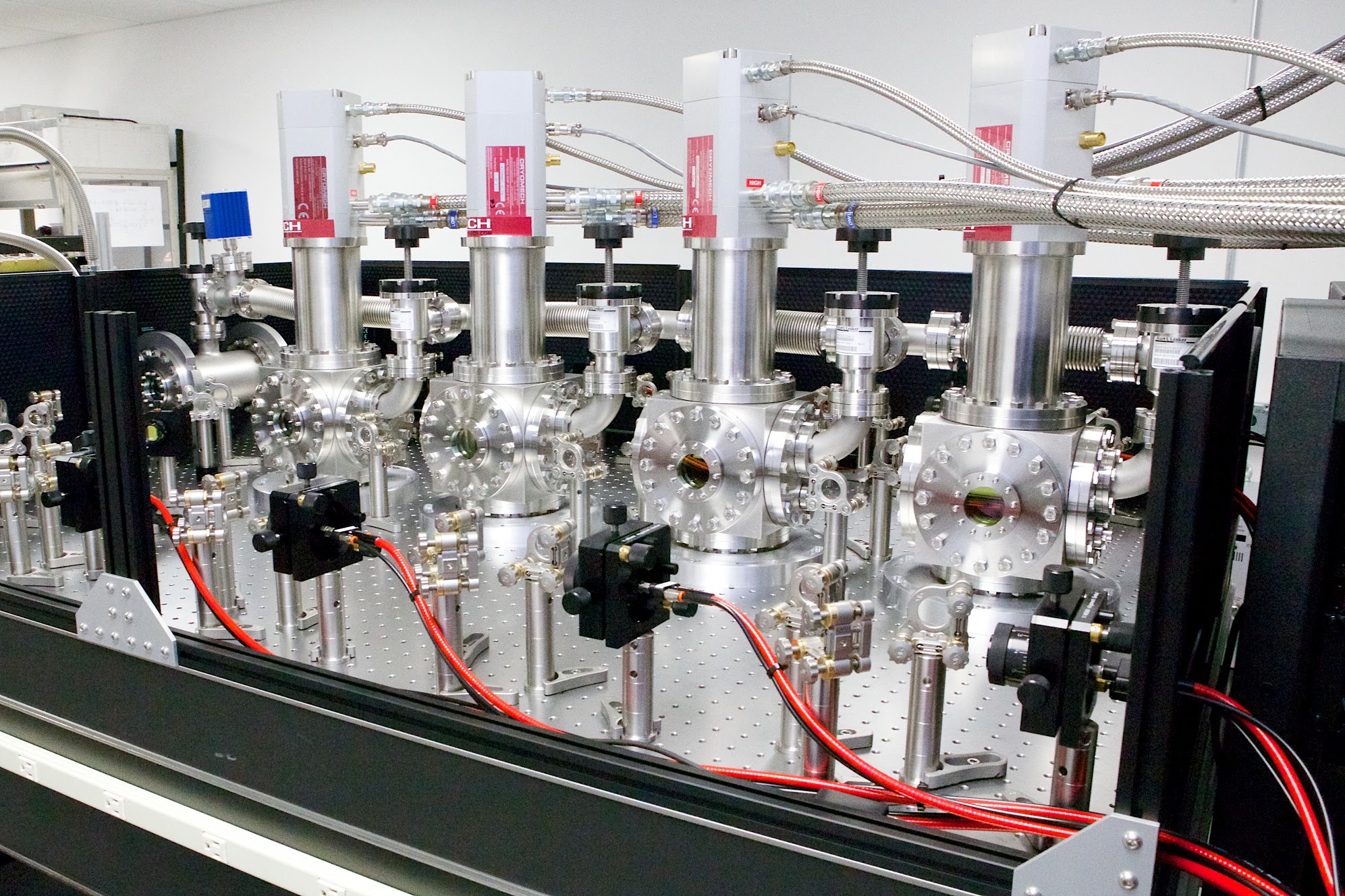Cryogenic Lasers
APSci’s scientists and engineers have helped to pioneer the development of cryogenic lasers. The company presently holds four world records for cryogenic laser performance, including the highest CW sustained average power (963W), the highest picosecond average power (758 W), the highest picosecond frequency-doubled green average power (201 W), and the highest efficiency (please see Publications page elsewhere on this website). The many advantages of cryogenically-cooling solid-state lasers have been described in detail in two recent Invited Review papers: (The Application of Cryogenic Laser Technology to Ultra-Short Pulse Lasers, D. C. Brown, S. Tornegard, J. Kolis, C. McMillen, C. Moore, L. Sanjeewa, and C. Hancock, Invited Review Paper, Applied Sciences 6, 23 (2016)), (Cryogenic Nanosecond and Picosecond High Average and Peak Power (HAPP) Pump Lasers For Ultrafast Applications, Invited Paper, D. C Brown, S. Tornegard, and Joseph Kolis, Journal of High Power Laser Science and Engineering 4, e15 (20176)). The papers may be downloaded from the Publications page of this website. In those papers, our team also presented a recent compilation of the thermal, elastic, spectroscopic, nonlinear, and optical and dispersion properties of most laser materials used to date for cryogenic lasers. In general, cryogenically-cooling laser crystals to 77 K and below results in an orders of magnitude decrease in the value of thermally-induced aberrations as well as enhanced laser properties. For Yb based laser materials in particular, the kinetics system that is quasi-three-level at room temperature is close to 4-level at 77 K, eliminating ground-state absorption; laser absorption and emission cross-sections increase, and the saturation fluence and intensity both decrease significantly.
Cryogenic lasers have operating characteristics that are very favourable for providing high average and peak power (HAPP) sources for ultrafast lasers, and may be used to provide high average power frequency-doubled pump lasers for conventional Ti:Sapphire ultrafast systems to increase the average power from typically a few tens of watts to the kilowatt level and beyond. The same cryogenic laser systems may be used to provide intense high average power nanosecond and picosecond pumps for OPCPA systems that are currently under intense development. Most cryogenic laser systems demonstrated to date have used liquid nitrogen as the coolant. In some cases, however, closed-cycle cryogenic laser systems are needed. In the Figure shown below, a completely closed-cycle Yb:YAG cryogenic laser amplifier system that was designed and built at APSci is shown. The system uses four closed-cycle pulse-tube coolers with about 90 W of heat removal at 80 K per cooler, and eight Yb:YAG active-mirror disks. Now in final testing, this system will be introduced to the laser marketplace during 2017-2018.

Figure: Thor-300 Cryogenic Yb:YAG Laser Amplifier System
APSci encourages organizations interested in cryogenic laser technology to contact us. We have built and tested low and high average power Yb based lasers using rod, slab, and thin and thick disk active-mirror amplifiers that have operated CW, quasi-CW, Q-switched, and as high repetition rate picosecond amplifiers. We seek industrial, academic, or military collaborations that can help advance the cryogenic laser state-of-the-art and that will mutually benefit the customer and APSci. Our organization can provide cryogenic lasers, amplifiers, cryogenic cooling systems (liquid nitrogen or closed-cycle pulse tube), and cryogenic pump chambers with or without crystals, pumps, and complete vacuum systems.

